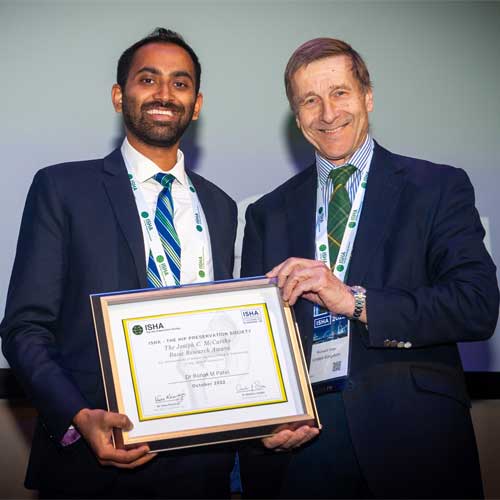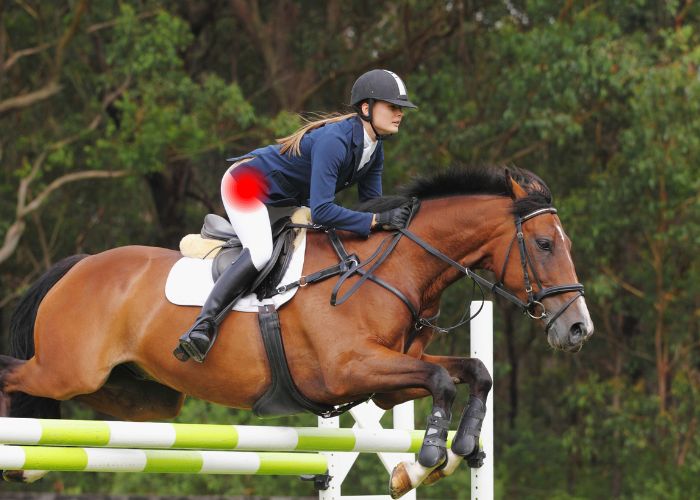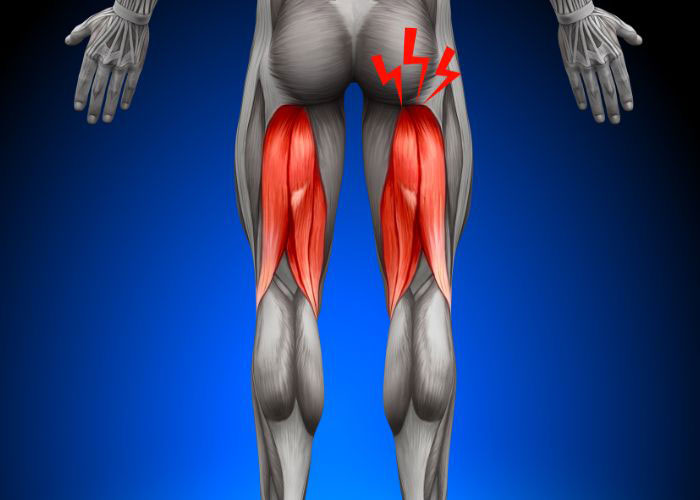
Dr. Patel wins the Joseph C. McCarthy Award in Hip Preservation Research – International Society for Hip Arthroscopy (ISHA)
What is ISHA?
ISHA is the International Society for Hip Arthroscopy. ISHA was formed in Paris, France in May of 2008 and it brought together many different individuals from around the world. The goal of creating ISHA was to unite orthopedic surgeons with a common interest in expanding the arena of hip arthroscopy surgery. ISHA provides a opportunity for further development who’s vision is to be the premier international society for education, training and research in hip preservation surgery with the ultimate objective of improving patient outcomes and treatment.
What is the Joseph C. McCarthy Award in Hip Preservation Research?
This award was created to stimulate and reward orthopedic researchers who contribute high-quality data and presentations in hip preservation. Many candidates are considered each year.
Dr. Patel’s research on hip impingement cemented this ISHA award:
Below is a summary on Dr. Patel’s research on hip impingement or FAI (femoral acetabular impingement) and hip preservation.
Introducing the Impingement Index:
A Study of the Combined Effect of Alpha Angle and Femoral Version on Outcomes After Hip Arthroscopy for Femoroacetabular Impingement
Introduction:
Recent studies have sought to identify the effect of femoral version and other morphologic characteristics on outcomes after primary hip arthroscopy for femoral acetabular impingement (FAI). Our group has begun to use the Impingement Index (Ii), defined as alpha angle minus femoral version, to stratify patients. The purpose of this study is to determine the impact of femoral version, combined version and Ii on patient reported outcomes after primary hip arthroscopy for FAI.
Methods:
A retrospective review of a prospectively collected data was conducted. Inclusion criteria were pre-operative computed tomography (CT) scan, 75⁰).
Results:
A total of 456 hips with average follow-up of 2.6 years were evaluated. Overall, the cohort experienced clinical improvement in all PROS post-operatively. There were no significant differences in PROS when stratified by femoral version, including at the extremes of femoral version, nor the Mckibbin Index. The mean pre-op HHS, HOS-Sport, and iHOT-33 scores for Ii <45⁰ were all significantly lower than Ii 45-75⁰ and >75⁰. There were significantly more males in the high Ii group. The net improvement in HOS-Sport for Ii >75⁰ was significantly lower than any other Ii group. Multiple regression analysis adjusted for age and pre-op score showed males with high Ii (>75⁰) improved significantly less in HOS-ADL and HOS-Sport scores compared to Ii <45⁰. Furthermore, males with moderate and high Ii were significantly less likely to improve by the MCID for HOS-Sport compared to low Ii.
Conclusion:
Although significant improvements can be expected regardless of femoral version, a thoughtful algorithm utilizing the Ii can identify patients who may experience less, clinically significant improvement. Male patients with femoral retroversion and large cam lesions (i.e. high Ii) appear to have higher baseline function, but may experience less improvement. The Ii may be a valuable predictive tool for sub-stratifying patients by femoral bony morphology.








